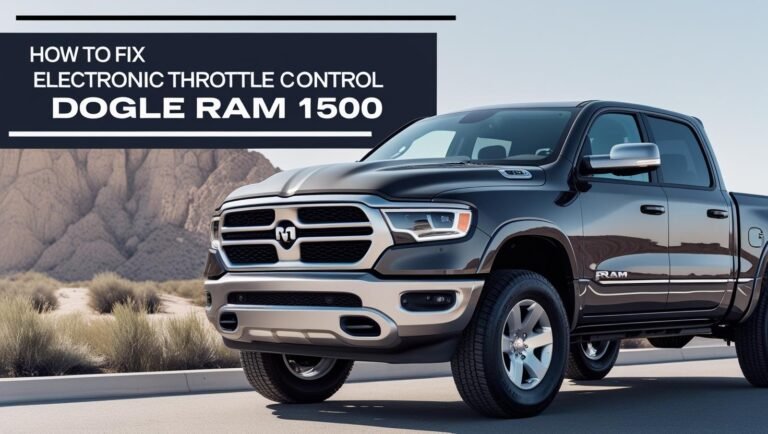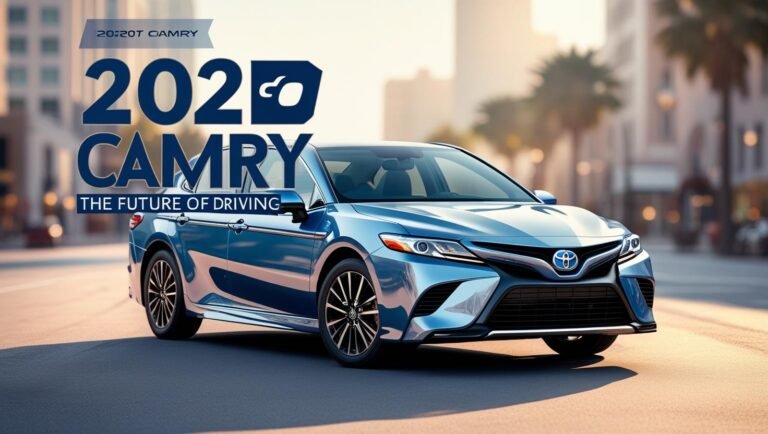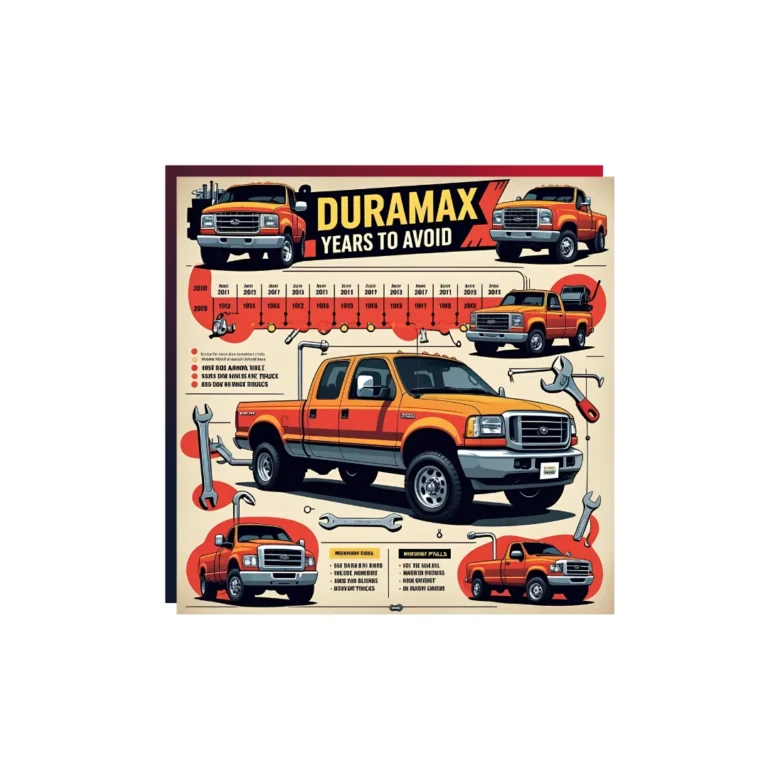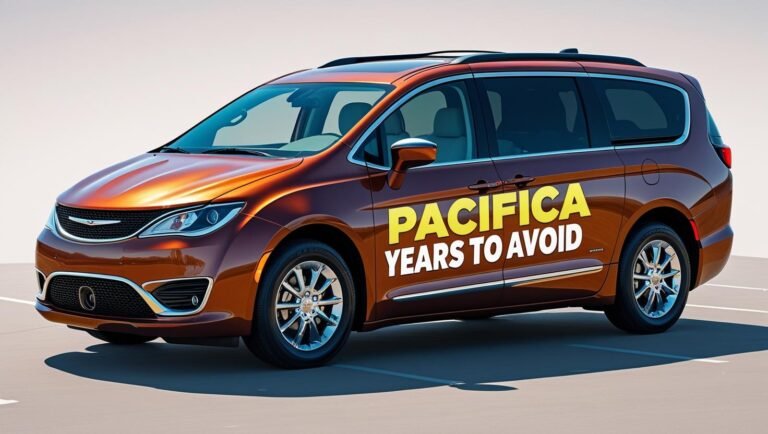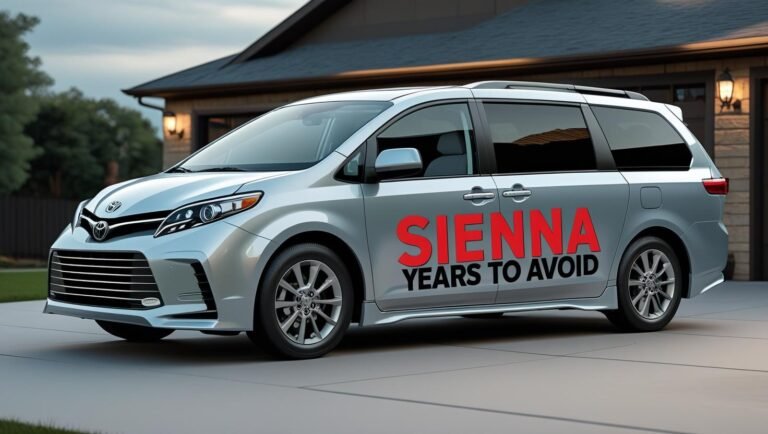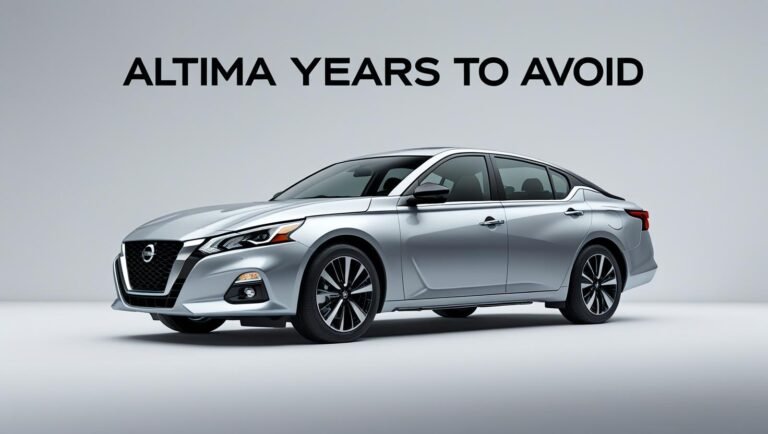chrysler 300 years to avoid and why
chrysler 300 years to avoid is an American sedan that first appeared in 2005 with a rear-wheel drive system, a distinctive design, and a low roofline. In 2011, the second version of the car was released with many developments and updates, both in the body and the interior space of the car. The car was available with six-cylinder and eight-cylinder engines. In 2023, it was officially announced that the production of new versions of the car would be discontinued.
toyota sienna years to avoid (Transmission and more)
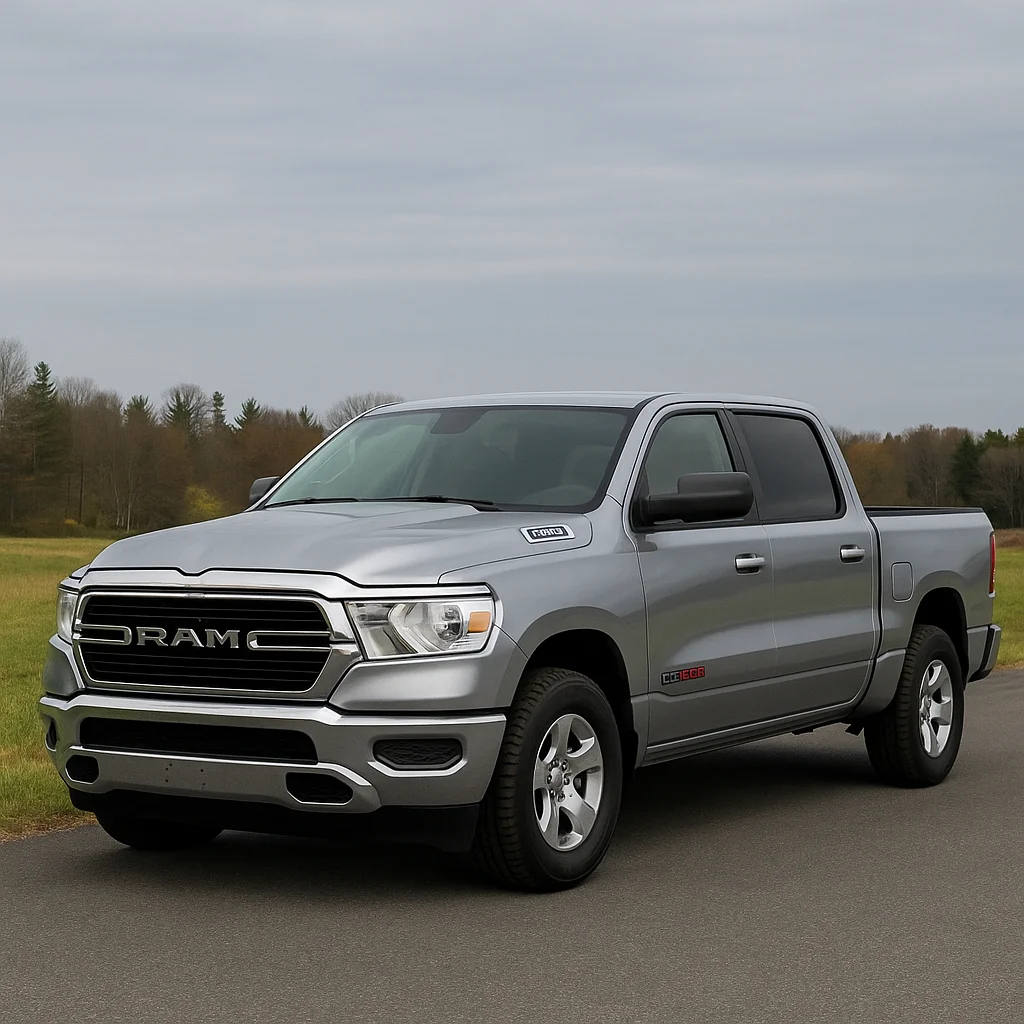
chrysler 300 engine
- The first generation of the car came with a 2.7-liter V6 engine known for certain issues such as high oil consumption and high maintenance costs. Then the 3.5-liter V6 engine evolved, offering acceptable performance and greater reliability, receiving much admiration.
- The second generation of the car was available with a 3.6-liter V6 engine, which received a lot of acclaim, but there are field reports about timing chain/tensioner issues and/or a “tick” sound associated with hydraulic lifters in specific cases or when maintenance is neglected.
- In the recent versions, the car is available with a 5.7-liter HEMI V8 engine that provides very high performance, but at times some strange sounds may appear from the engine, so it requires a thorough inspection, especially if these strange sounds occur. Additionally, the car was available with a 6.4-liter V8 (SRT) engine that offers high performance but also incurs high maintenance costs.
chrysler 300 years to avoid
The first generation from 2005 to 2010 had many problems, especially since they are the early models of the car. Most of the issues that arose were related to the electrical system and the engine. Therefore, you should conduct a comprehensive inspection of the car periodically and not neglect maintenance. It is advisable to avoid the 2006 model as it received many complaints. However, if you like the car, you should check the oil records thoroughly, ensure the cleanliness of the engine, and perform a comprehensive electronic check before purchase. Many also recommend acquiring a 2009 model or upgrading to a newer generation instead of buying a 2010 model. Although it is the last version of the first generation and should be the best version in the generation, it was released with many problems.
In the early days of the second generation of the car until 2014, many electrical problems appeared in the car, but after that, all these problems were resolved, and the car became significantly ideal and provided value for the price.
How to test a Chrysler 300 before buying
- Scan OBDII for codes related to timing, lifts, emission sensors, and charging.
- Comprehensive mechanical inspection to identify the following issues with a focus on: engine noise (knocking/rattling), oil pressure, and oil change records, coolant leaks especially in the early versions of the vehicle.
- Extended test drive over bumps and highway speeds and maneuvers to test suspension and braking.
(FAQ) chrysler 300 years to avoid
Q: Does including a year in ‘Avoid’ mean it’s always bad
A: No. These lists reflect relatively higher risks according to complaints and data. A well-maintained car with a clear invoice history may outperform a newer but neglected vehicle.
Q: Which one should I choose—3.6 Pentastar or 5.7 HEMI?
A: The 3.6 is sufficient for most daily uses with better fuel economy, and the 5.7 is suitable for those wanting V8 torque, sound, and durability. With HEMI, watch for lifter/cam issues if symptoms arise, and with Pentastar, be alert for early timing chain noises.
Q: What about the 2.7 V6?
A: We generally recommend avoiding it in the 300; its history with sludging is well-known. If you have to, ensure there is a thorough maintenance record and visually check for cleanliness in the interior/valve cover.
Q: What are the important recalls I should check?
A: Side airbags for 2018–2021 models and generator/starter for 2012. Always check the VIN as recall lists can expand based on the supplier/equipment.
